
The 46th Division was an infantry division of the British Army, part of the Territorial Force, that saw service in the First World War. At the outbreak of the war, the 46th Division was commanded by Major-General Hon. E.J. Montagu-Stuart-Wortley. Originally called the North Midland Division, it was redesignated as the 46th Division in May 1915.

The Lincolnshire County Division was a short-lived formation of the British Army, formed in the Second World War. The headquarters were formed on 24 February 1941, becoming operational on 27 March. It ceased to function on 25 November and was disbanded on 3 December. Its commanding officer was Major-General Arthur Kenneth Hay, and it was an infantry only formation consisting of three Independent Infantry Brigades (Home). Combat support, artillery, engineers etc., would be provided by other local formations. It was commanded by I Corps
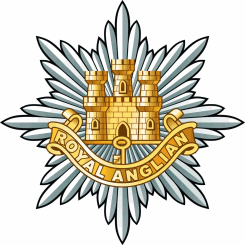
The Royal Anglian Regiment is an infantry regiment of the British Army. It consists of two Regular battalions and one Reserve battalion. The modern regiment was formed in 1964, making it the oldest of the Line Regiments now operating in the British Army, and can trace its history back to 1685. The regiment was the first of the large infantry regiments and is one of the three regiments of the Queen's Division.
The Robin Hood Battalion was a unit of the Volunteer Force of the British Army and Territorial Force, later the Territorial Army. The battalion served as infantry during the 1916 Easter Uprising in Dublin and then served on the Western Front during World War I. In the 1930s it re-roled as an anti-aircraft unit and served in World War II, including North-western Europe from June 1944 to May 1945.
The East of England Regiment (EER) was the infantry unit of the Territorial Army of the East Midlands and East Anglia from 1 July 1999 to 1 April 2006. Upon the re-organisation of the infantry in 2006, the regiment became 3rd Battalion, Royal Anglian Regiment.

The Sherwood Foresters was a line infantry regiment of the British Army in existence for just under 90 years, from 1881 to 1970. In 1970, the regiment was amalgamated with the Worcestershire Regiment to form the Worcestershire and Sherwood Foresters Regiment, which in 2007 was amalgamated with the Cheshire Regiment and the Staffordshire Regiment to form the present Mercian Regiment. The lineage of the Sherwood Foresters is now continued by The Mercian Regiment.

The Leicestershire Regiment was a line infantry regiment of the British Army, with a history going back to 1688. The regiment saw service for three centuries, in numerous wars and conflicts such as both World War I and World War II, before being amalgamated, in September 1964, with the 1st East Anglian Regiment, the 2nd East Anglian Regiment and the 3rd East Anglian Regiment to form the present day Royal Anglian Regiment, of which B Company of the 2nd Battalion continues the lineage of the Royal Leicestershire Regiment.
The Home Counties Brigade was an administrative formation of the British Army from 1948 to 1968. The Brigade administered the regular infantry regiments of the Home Counties of south east England.
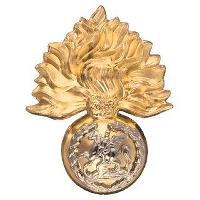
The Fusilier Brigade was an administrative brigade of the British Army from 1958 to 1968, that administered the fusilier regiments.
The East Anglian Brigade was an administrative brigade of the British Army from 1946 to 1968, that administered the regiments with recruiting grounds in East Anglia, and the East of England.
The Mercian Brigade was an administrative formation of the British Army from 1948 to 1964. The Brigade administered the infantry regiments from the area of England between the Trent, Mersey and Severn rivers that roughly corresponded to the ancient kingdom of Mercia.
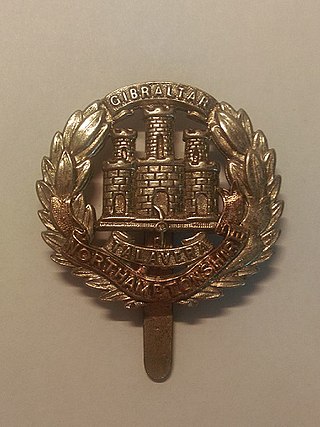
The Northamptonshire Regiment was a line infantry regiment of the British Army in existence from 1881 until 1960. In 1960, it was amalgamated with the Royal Lincolnshire Regiment to form the 2nd East Anglian Regiment, which was amalgamated with the 1st East Anglian Regiment, the 3rd East Anglian Regiment and the Royal Leicestershire Regiment to form the present Royal Anglian Regiment.
A large regiment is a multi-battalion infantry formation of the British Army. First formed in the 1960s, large regiments are the result of the amalgamation of a number of existing single-battalion regiments, and perpetuate the traditions of each of the predecessor units.
During the First World War the British Armed Forces was enlarged to many times its peacetime strength. This was done mainly by adding new battalions to existing regiments. Although sometimes identified by shoulder titles, generally the new battalions could not be identified from appearance. Consequently, the units in this list have been assembled considering only those as having a uniquely different cap badge.
The North Midland Brigade was an infantry formation of Britain's Volunteer Force from 1888 to 1908.
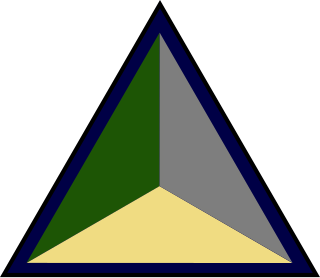
204th Independent Infantry Brigade (Home) was a Home Defence formation of the British Army during the Second World War.
The 222nd Infantry Brigade was a Home Service formation of the British Army that existed under various short-lived titles in both the First and Second World Wars
The 139th Brigade was an infantry brigade of the British Army that saw active service in the First World War with the 46th Division. Later designated the 139th Infantry Brigade, the brigade also saw service with the 46th Infantry Division in the Second World War.
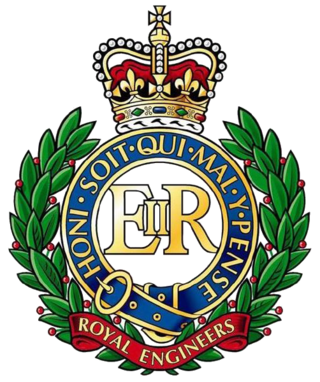
140 Corps Engineer Regiment was a short-lived Territorial Army (TA) unit of the Royal Engineers based in the North Midlands of England during the 1960s.








